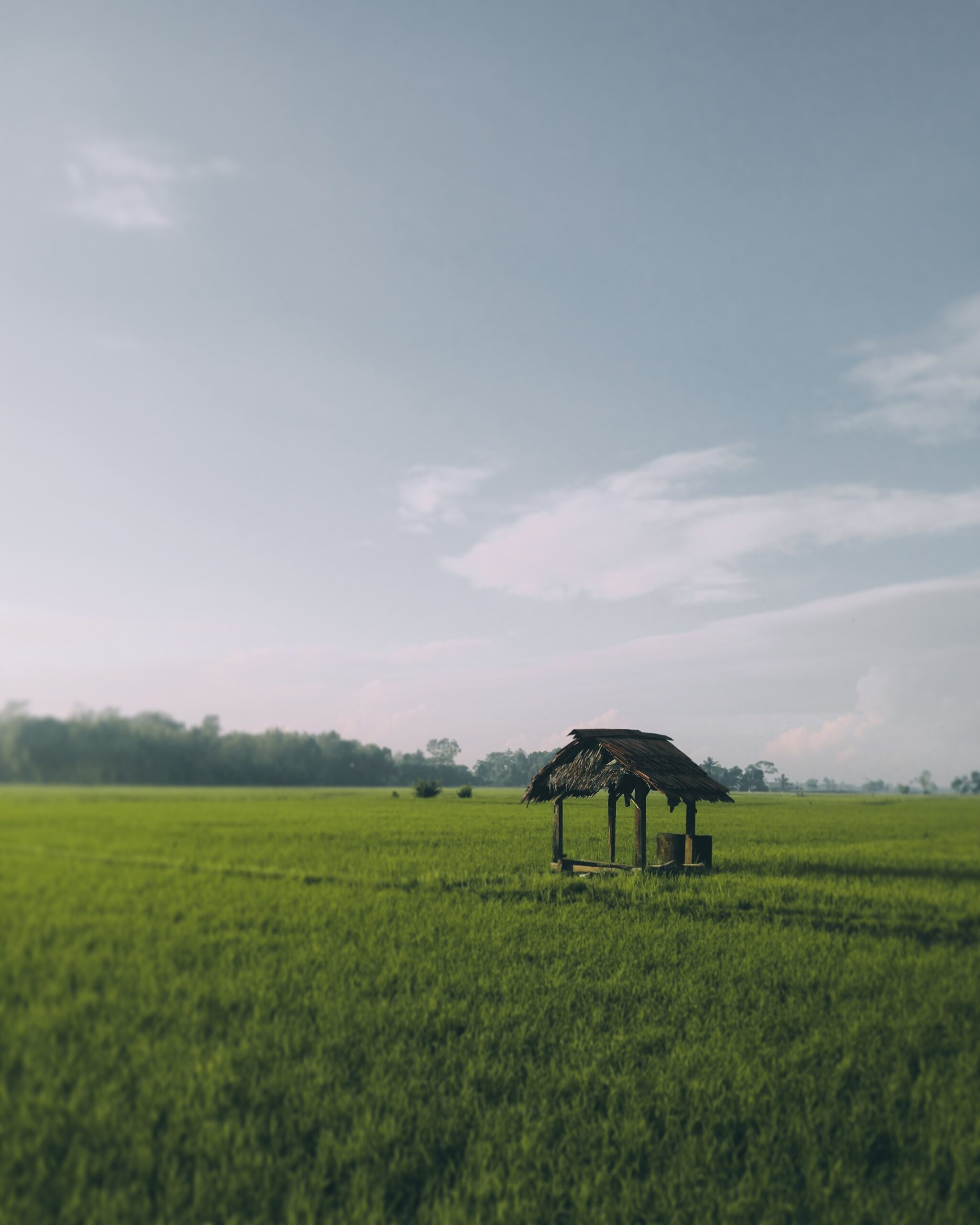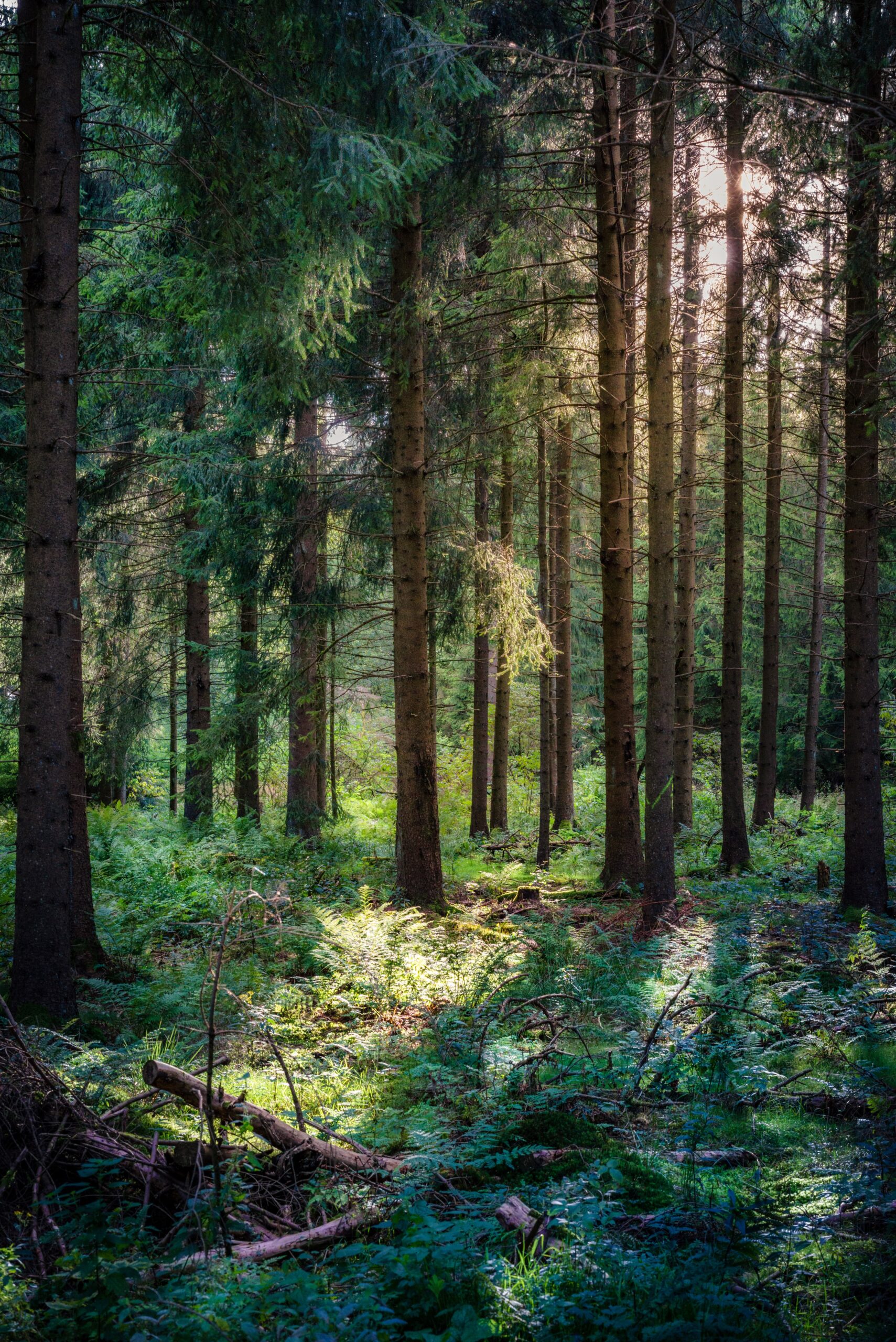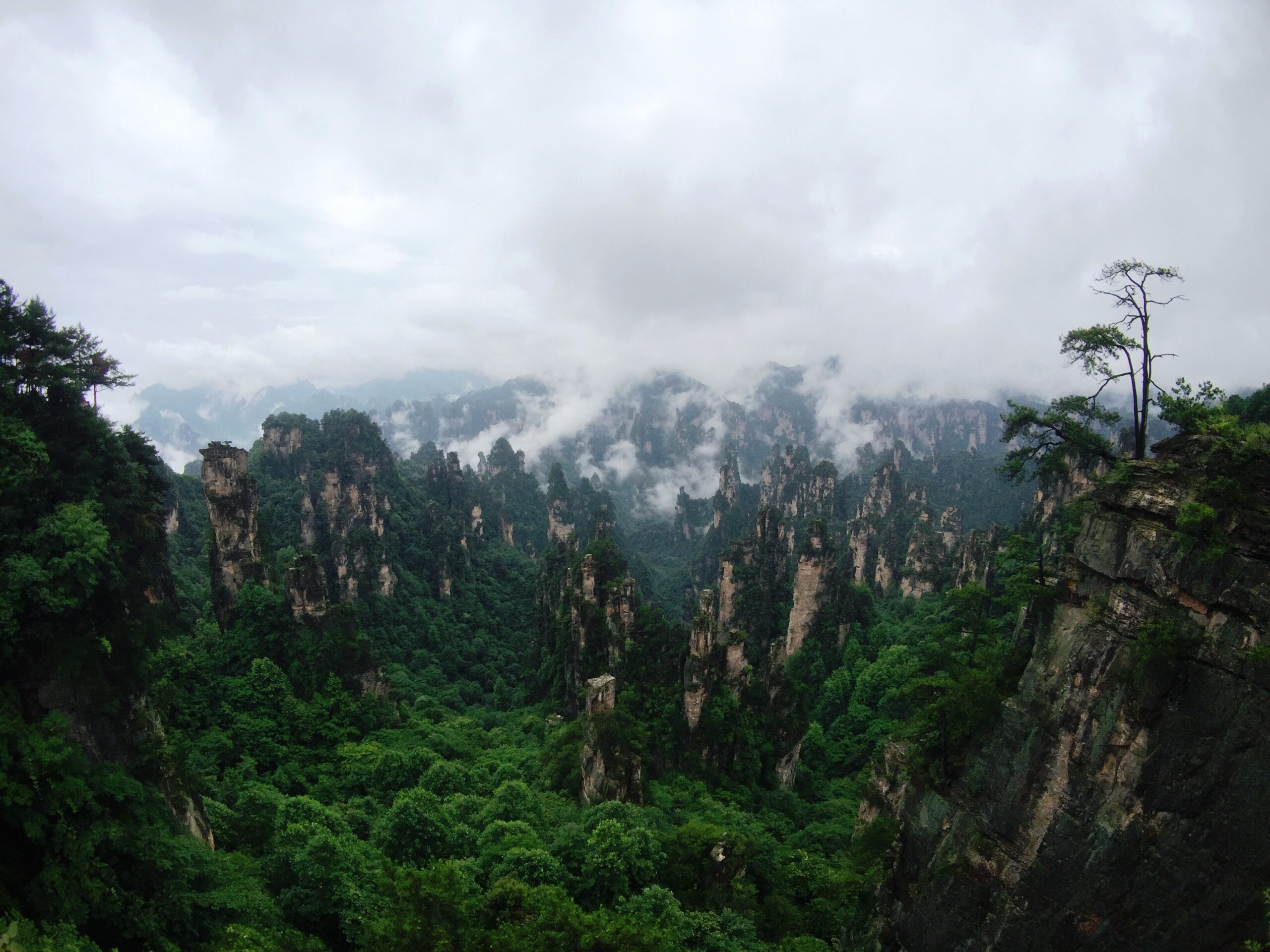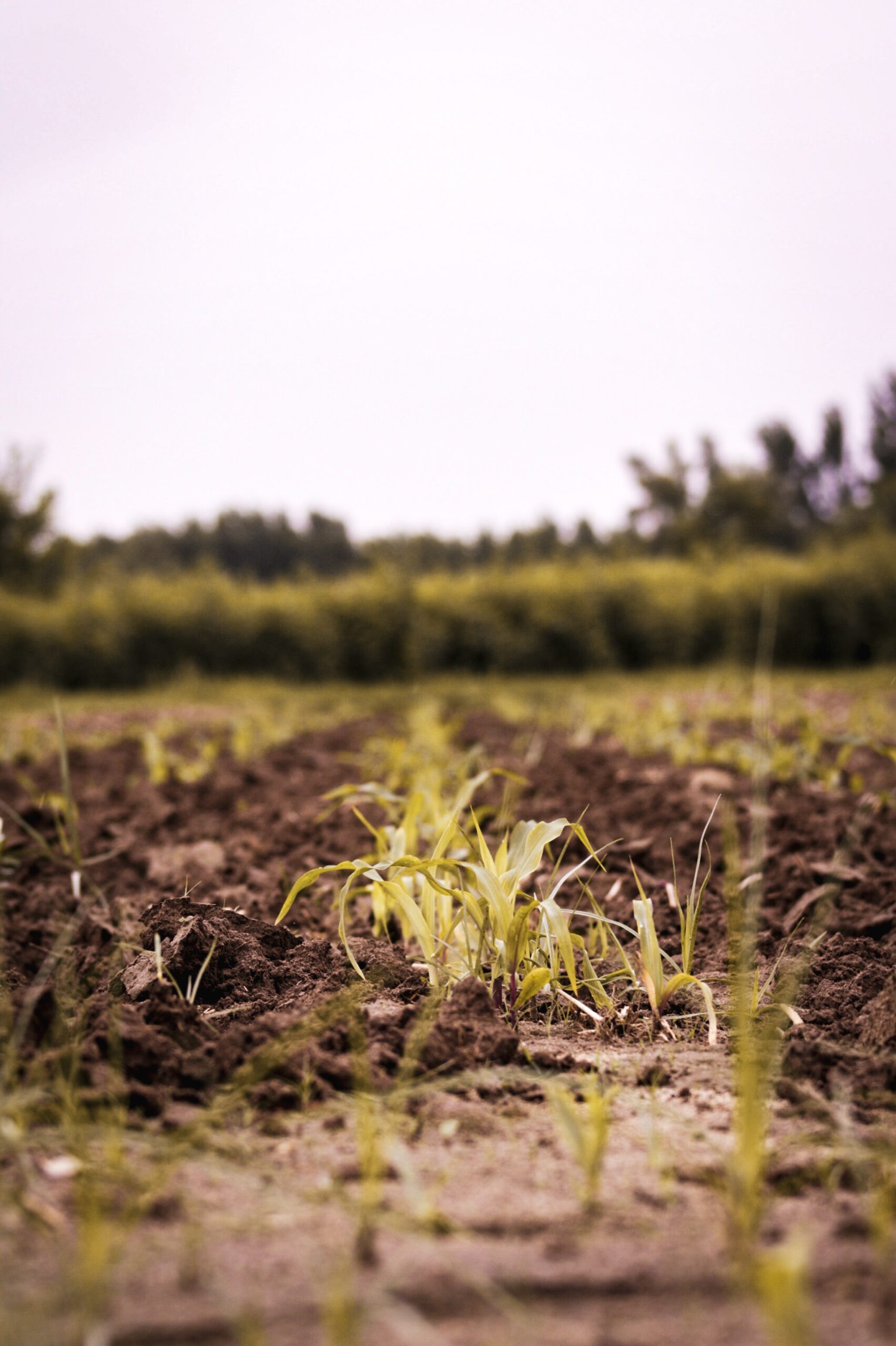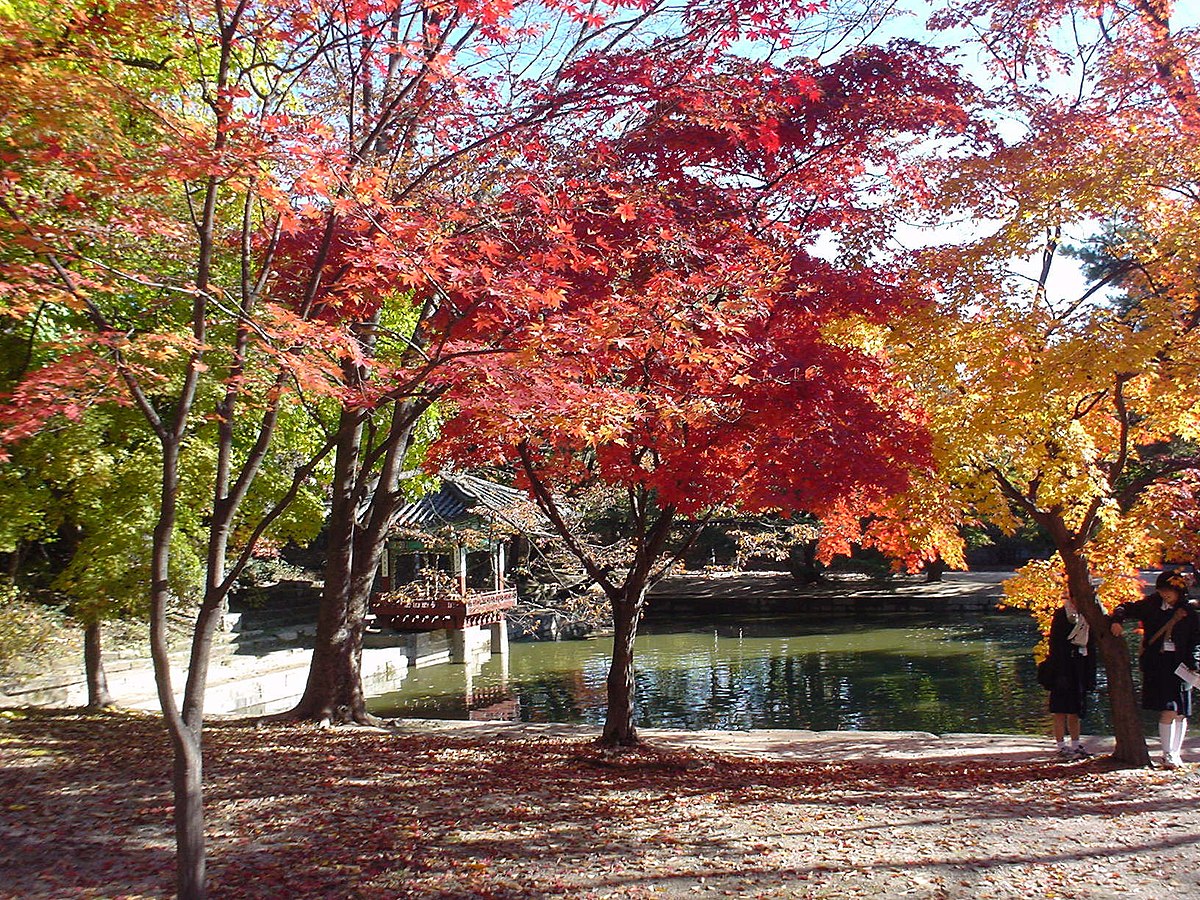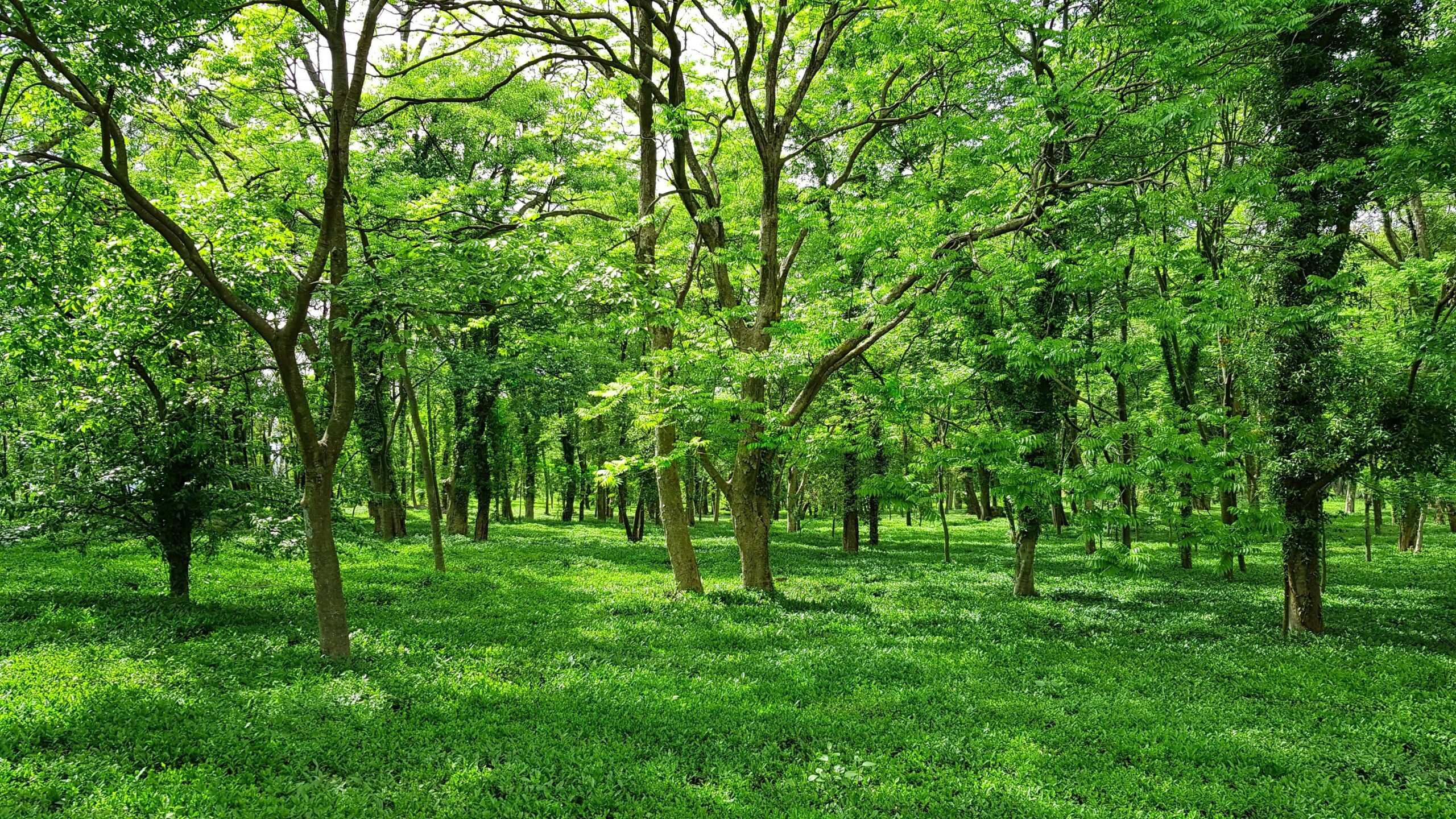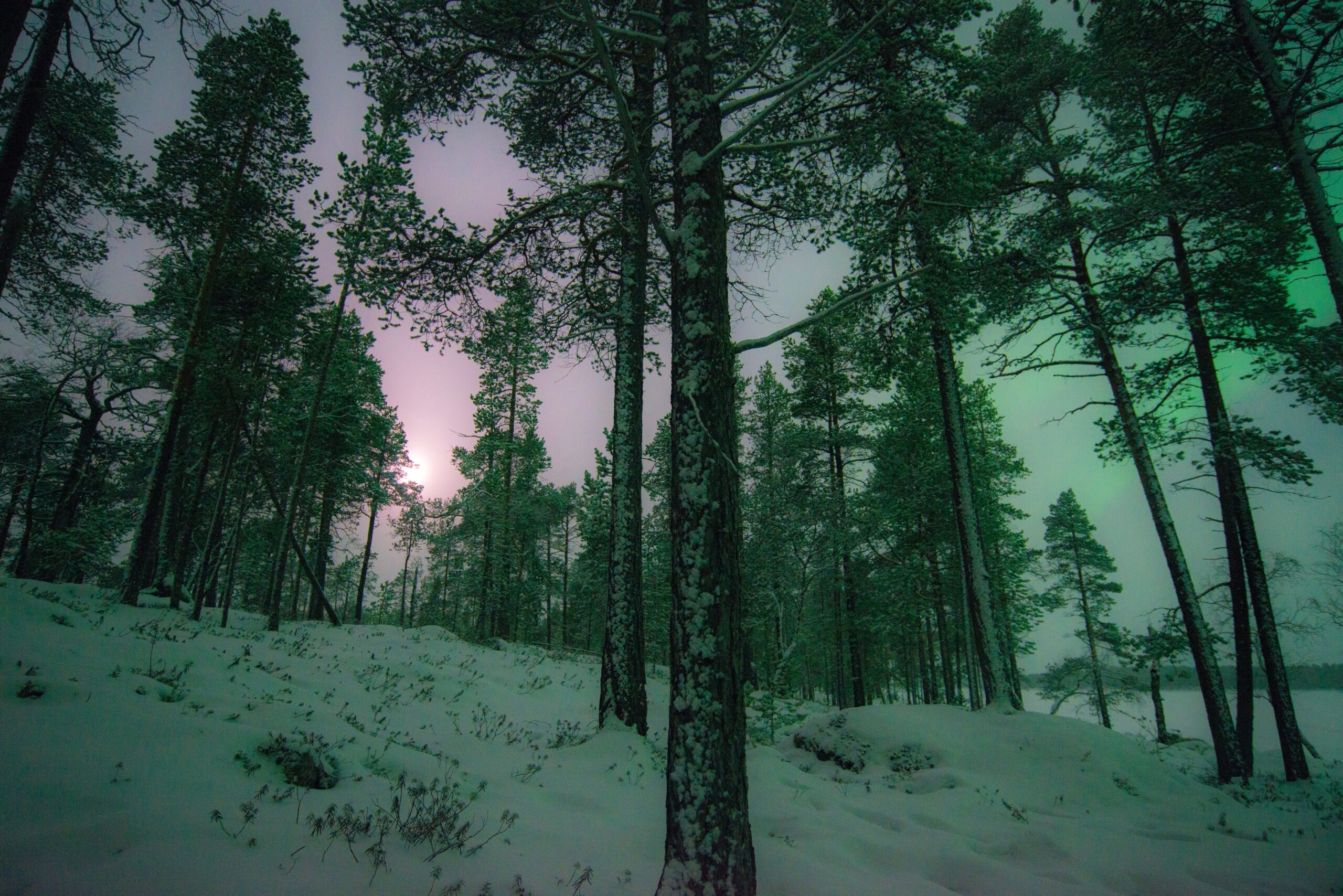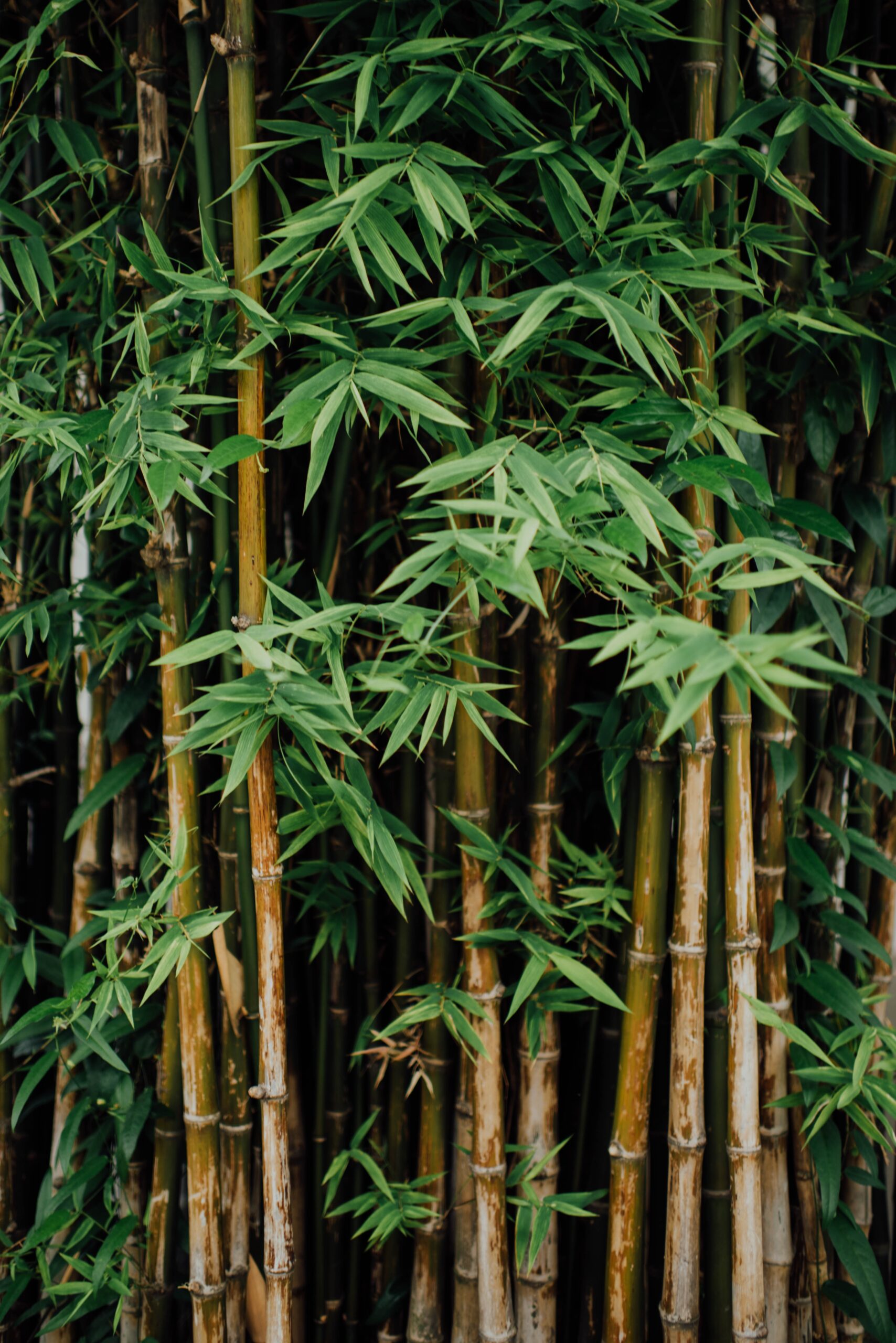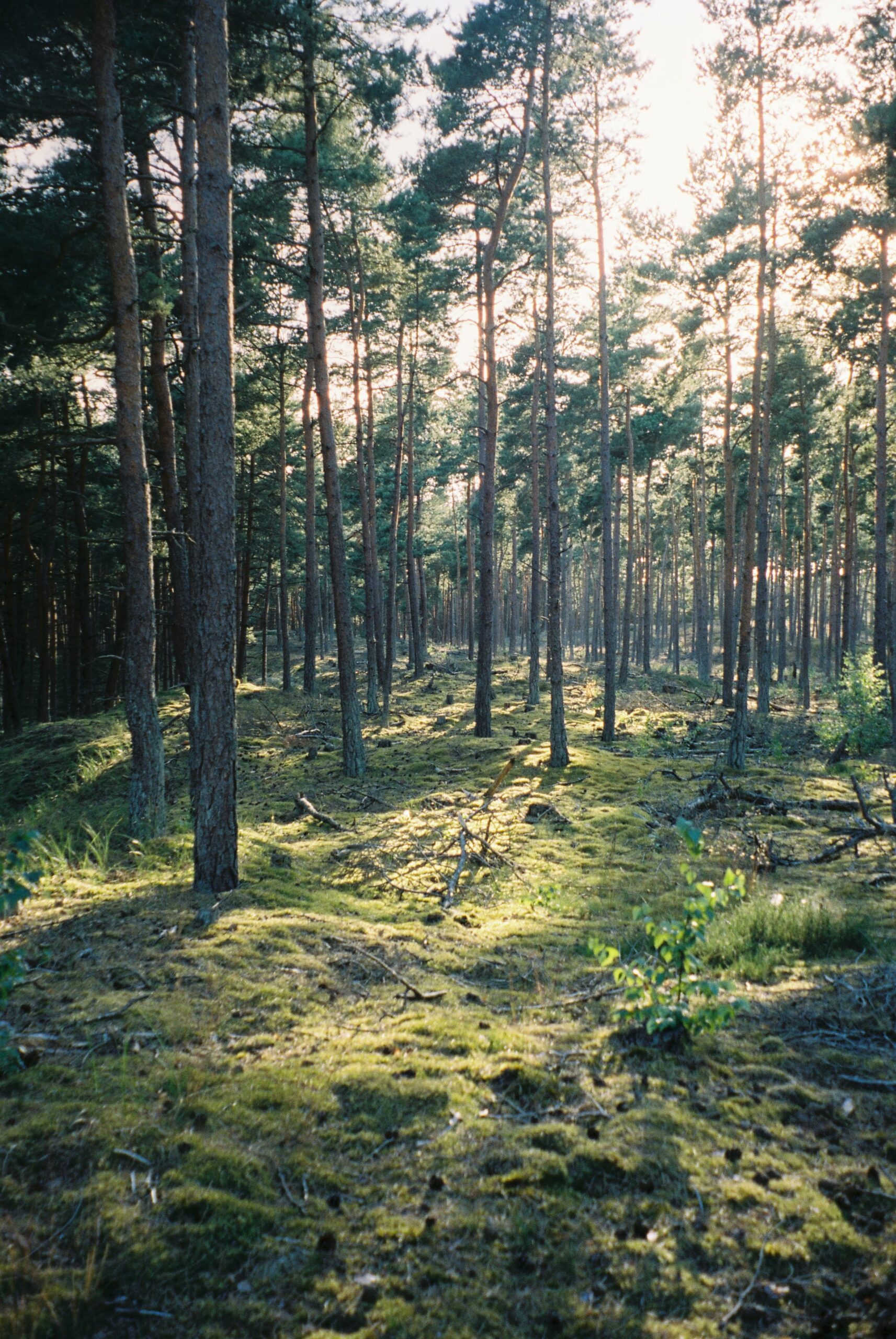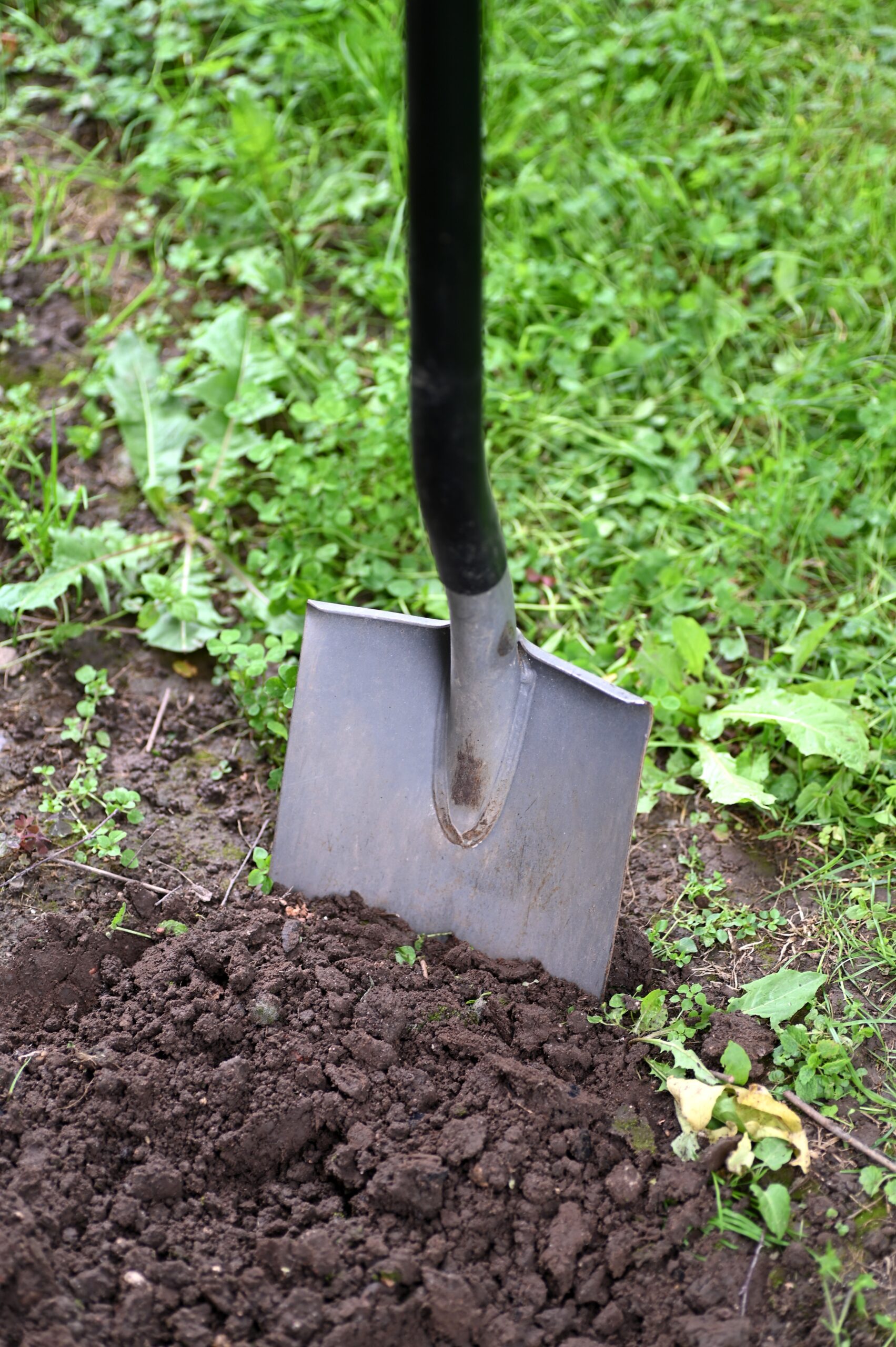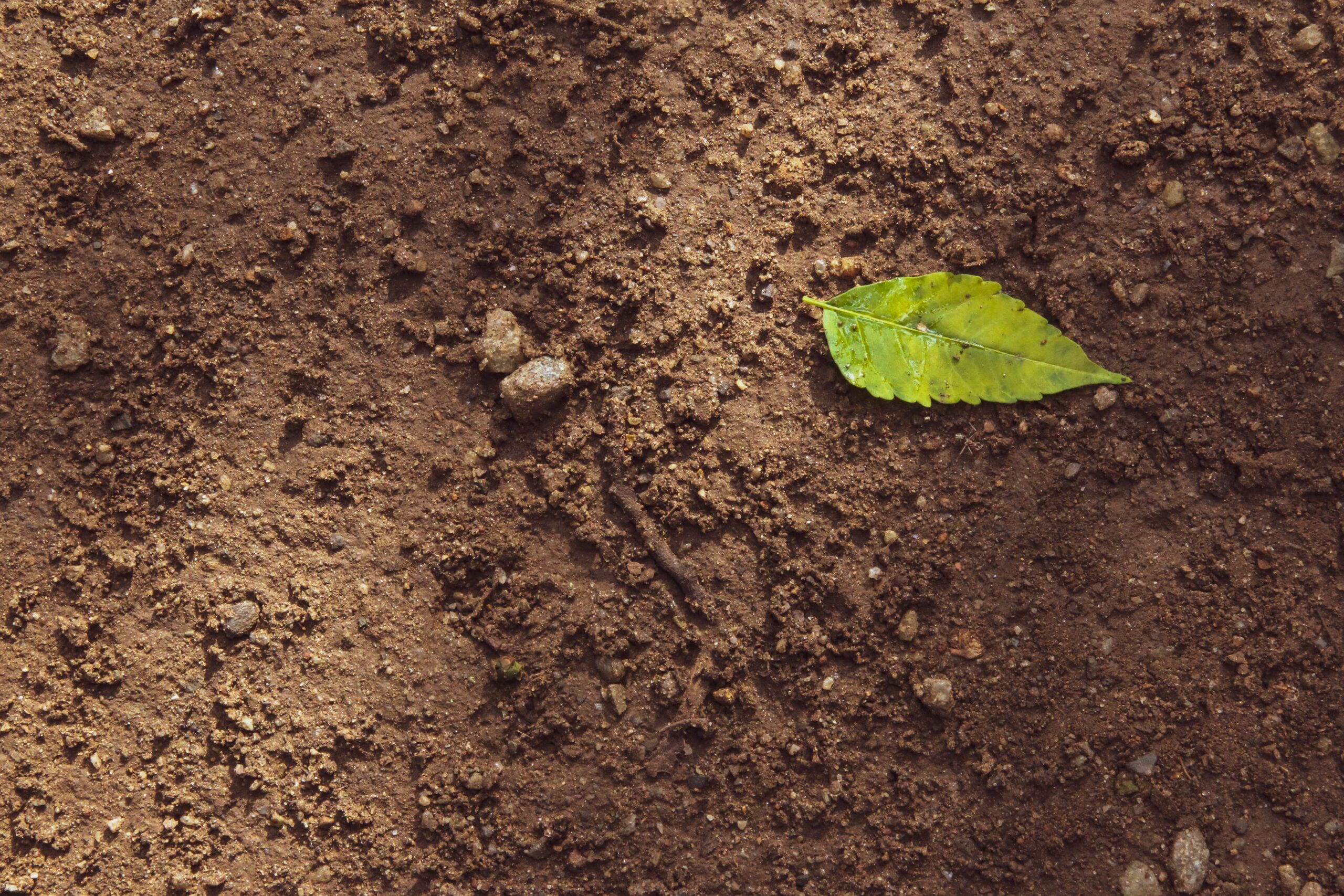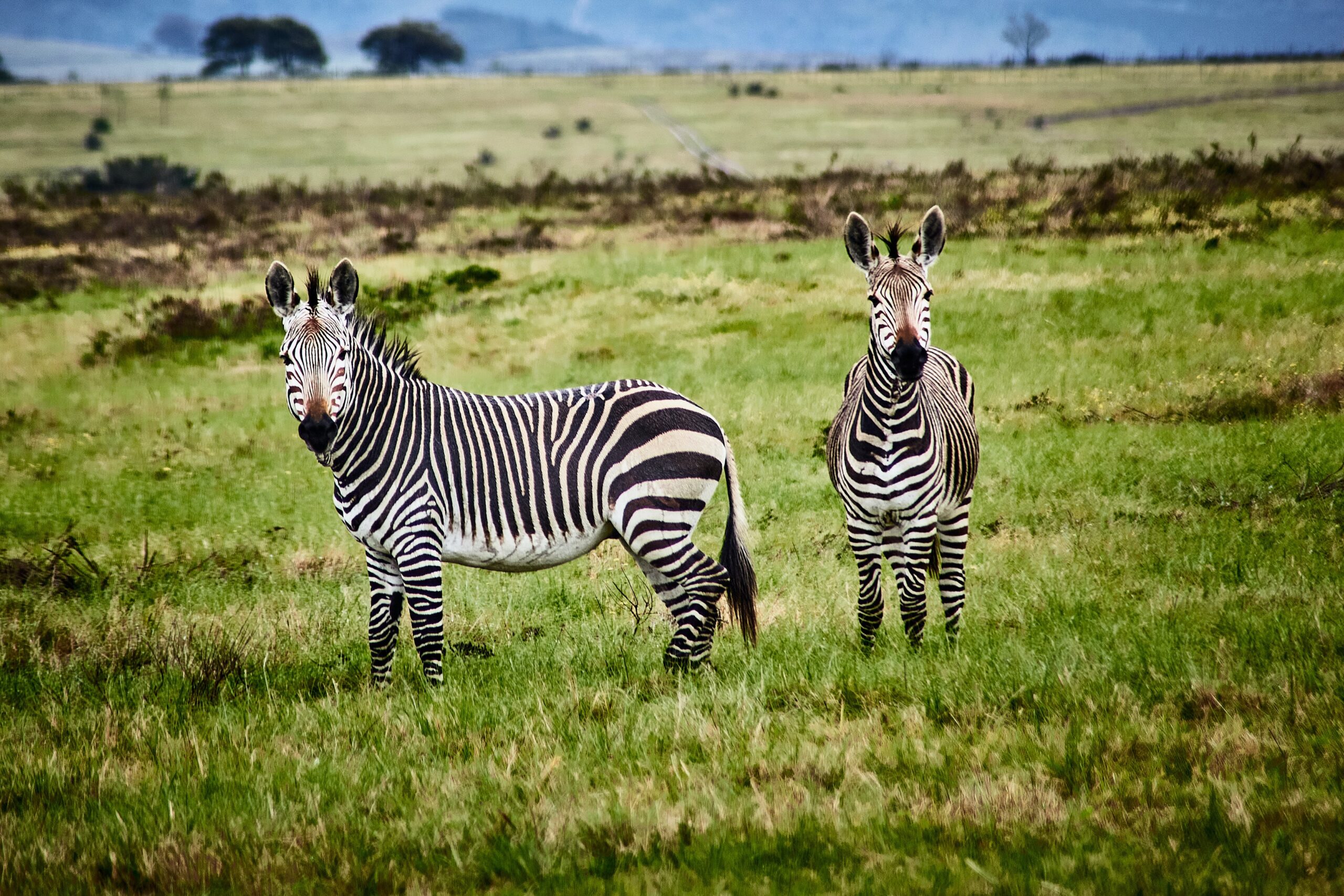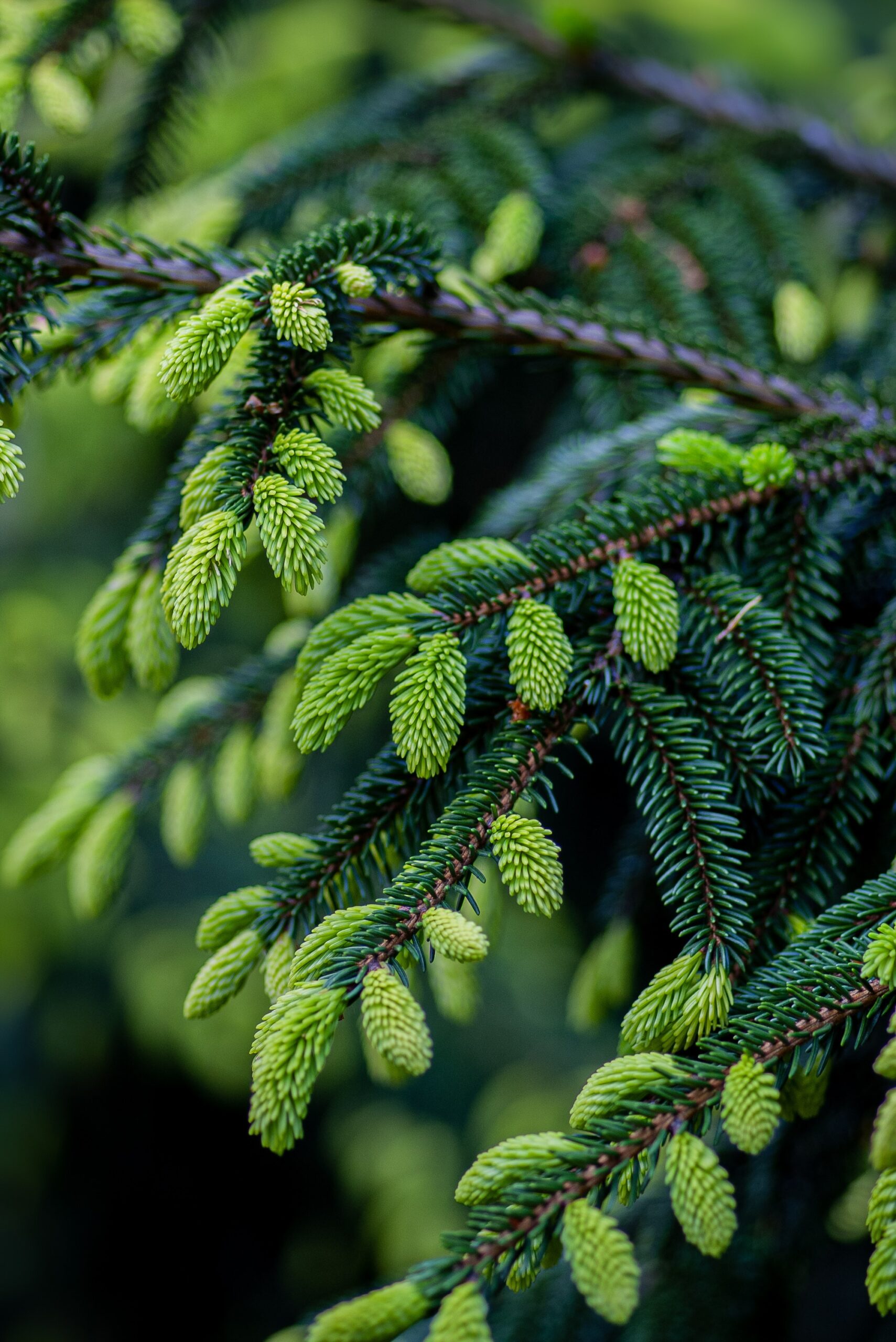Deforestation and drought are among the greatest environmental pressures on the Amazon rainforest, possibly destabilizing the forest-climate system. Deforestation in the Amazon reduces rainfall regionally, while this deforestation itself has been reported to be facilitated by droughts. Here we quantify the interactions between drought and deforestation spatially across the Amazon during the early 21st century. First, we relate observed fluctuations in deforestation rates to dry-season intensity; second, we determine the effect of conversion of forest to cropland on evapotranspiration; and third, we simulate the subsequent downwind reductions in rainfall due to decreased atmospheric water input. We find large variability in the response of deforestation to dry-season intensity, with a significant but small average increase in deforestation rates with a more intense dry season: with every of water deficit, deforestation tends to increase by 0.13% per year. Deforestation, in turn, has caused an estimated 4% of the recently observed drying, with the south-western part of the Amazon is most strongly affected. Combining both effects, we quantify reinforcing drought-deforestation feedback that is currently small but becomes gradually stronger with cumulative deforestation. Our results suggest that global climate change, not deforestation, is the main driver of recent drying in theAmazon. However, feedback between drought and deforestation implies that increases in either of them will impede efforts to curb both.




















































































































































































































































































































































































































































































































































































































































































































































































































































































































































































































